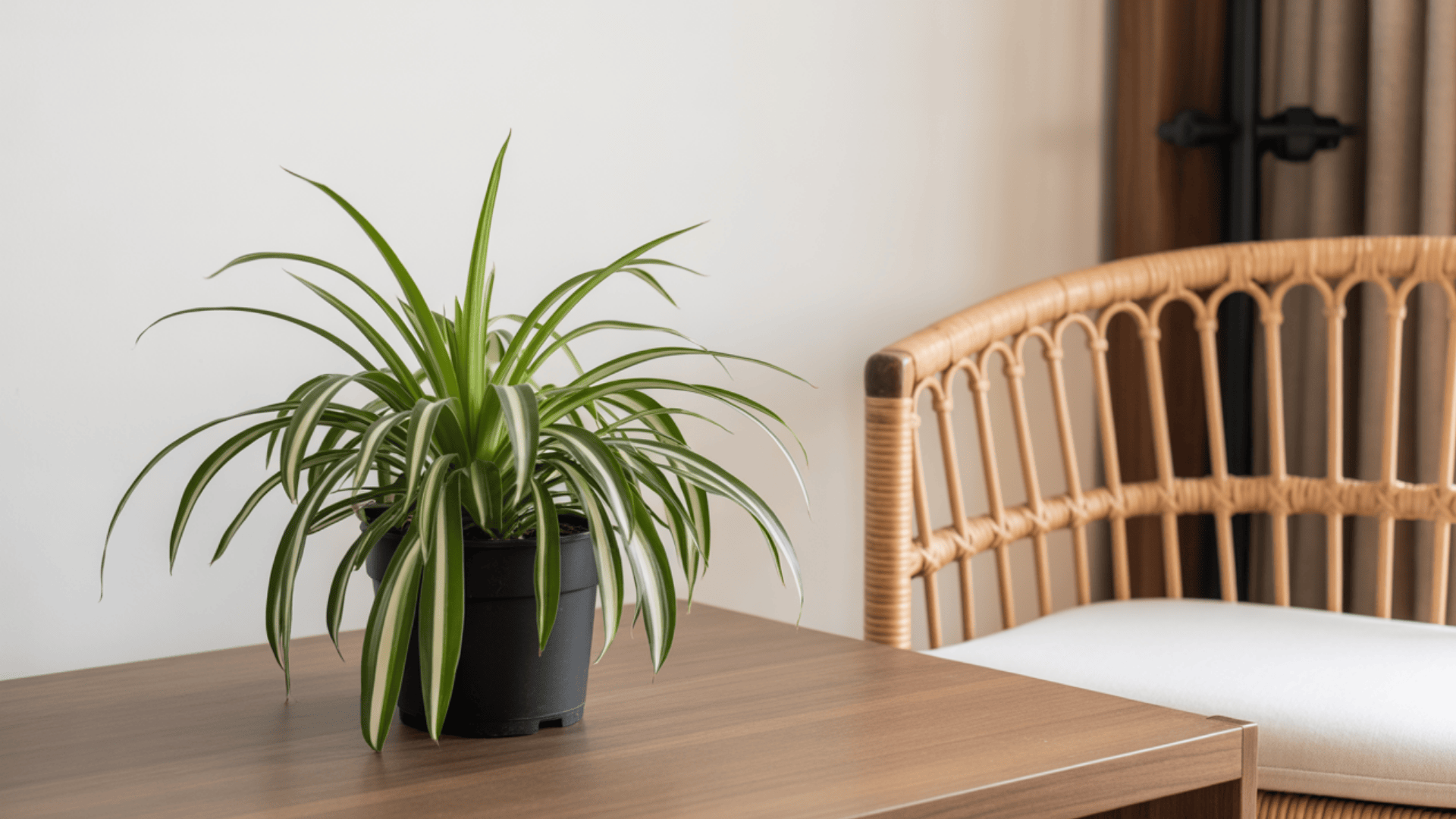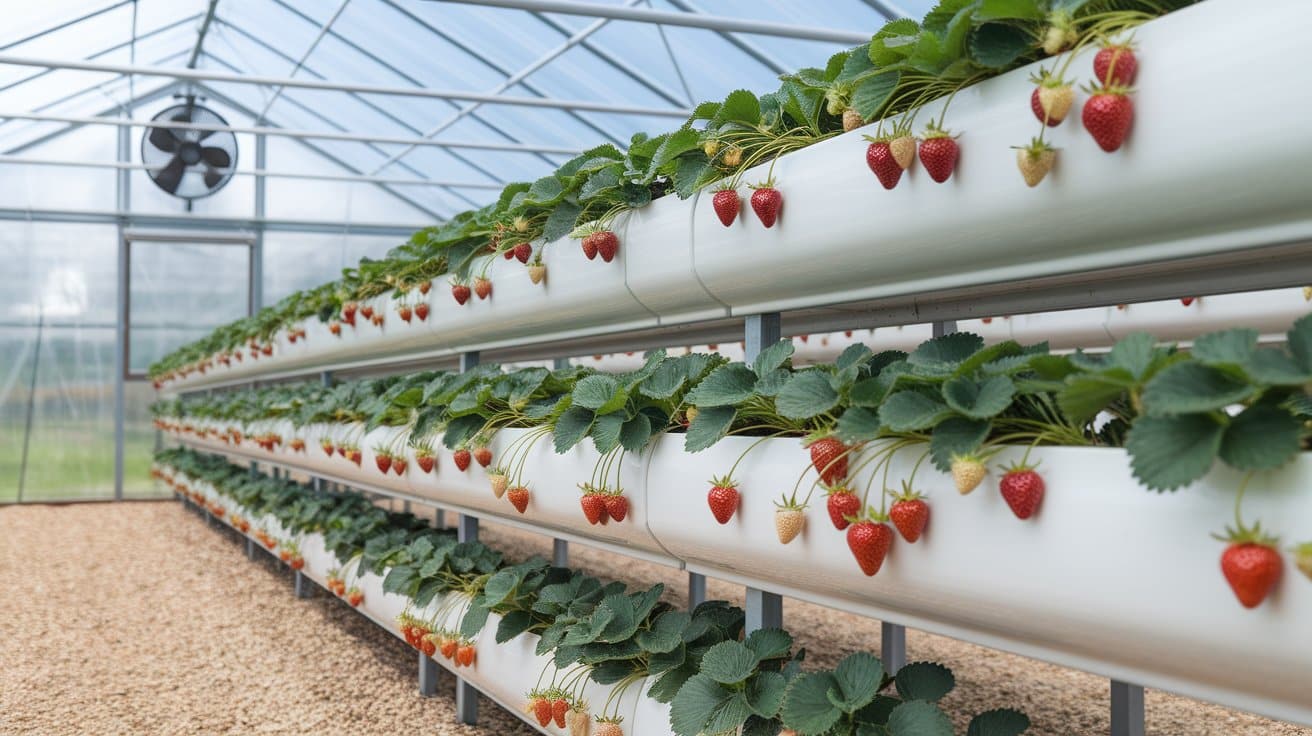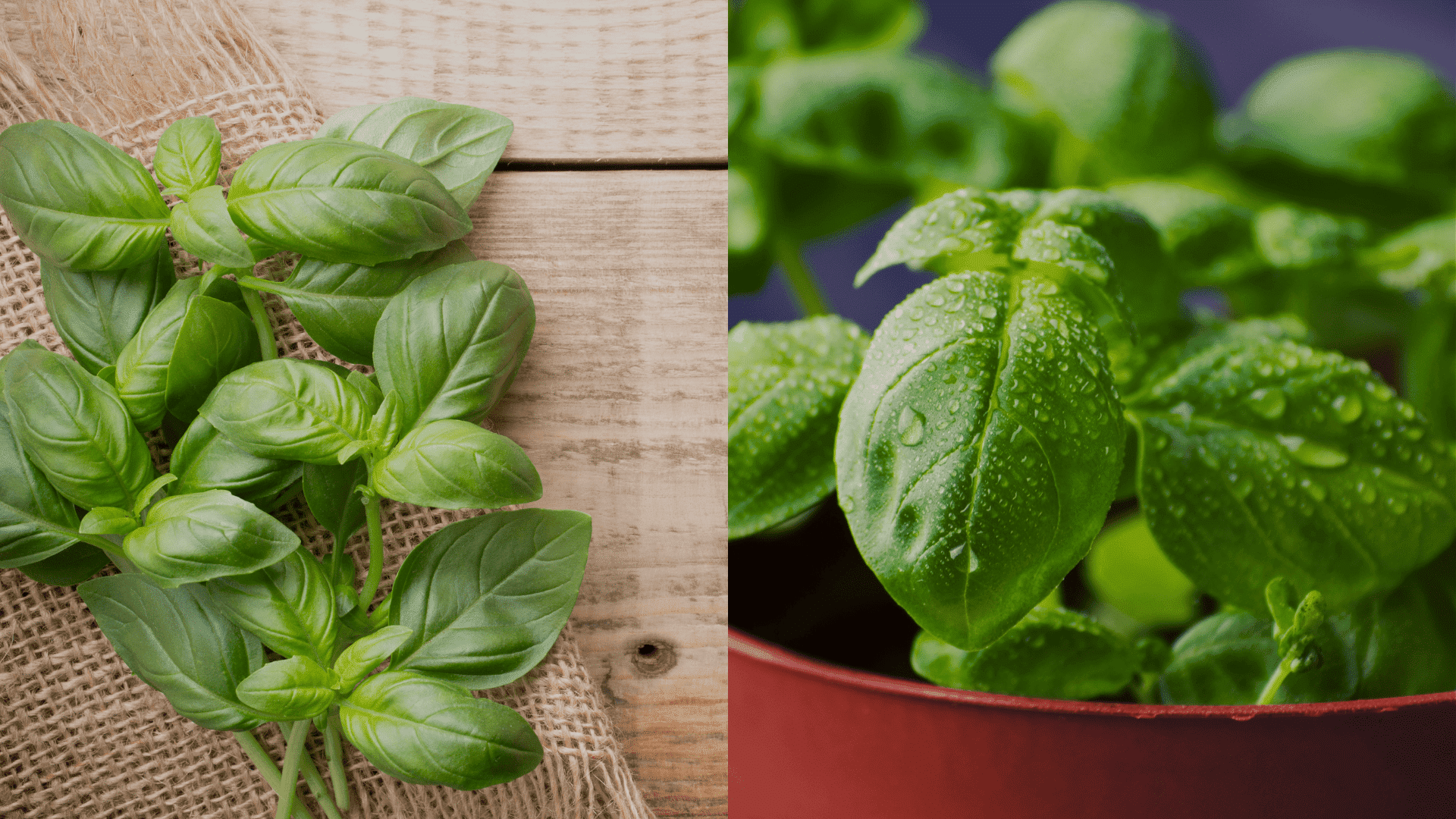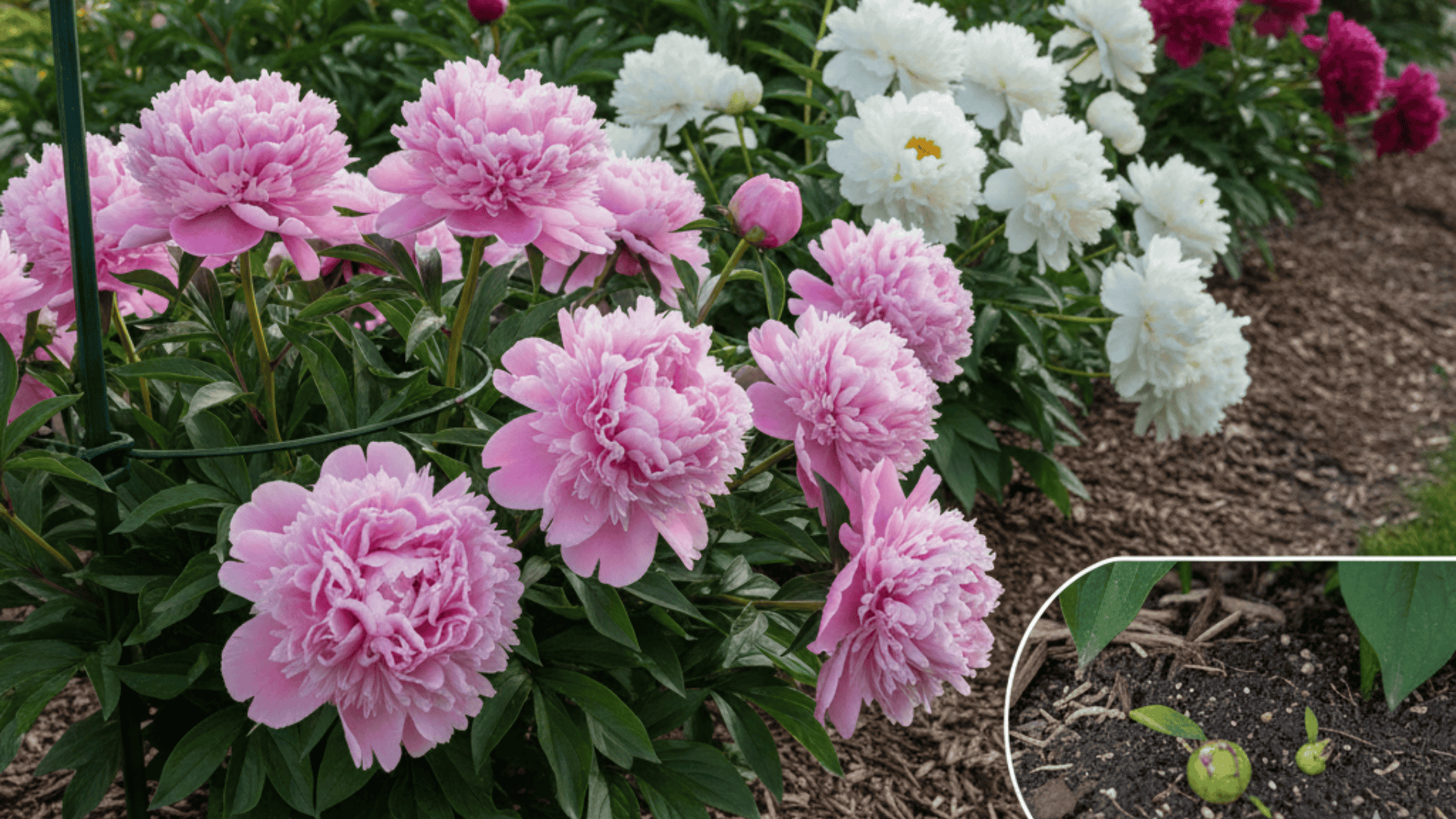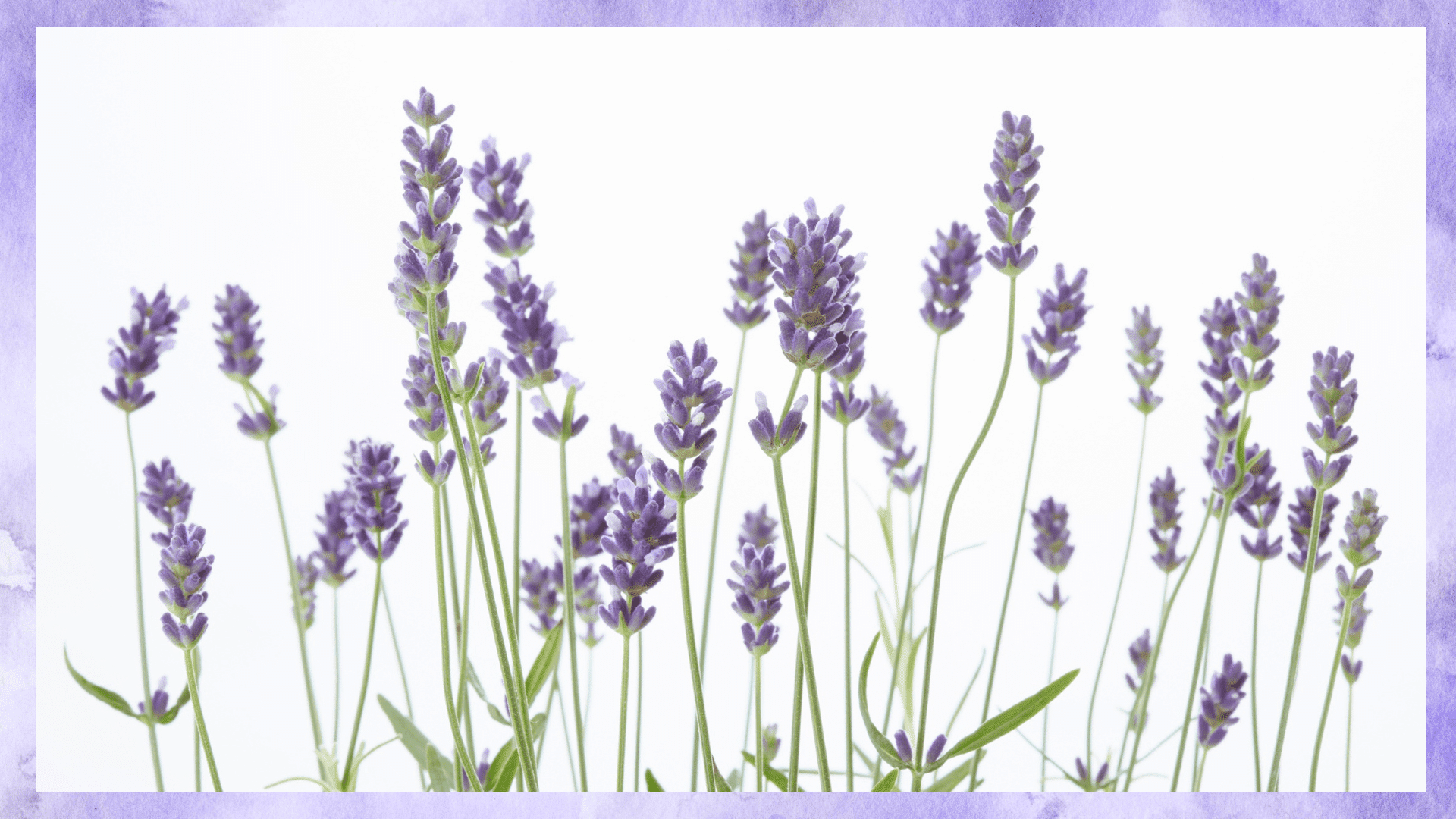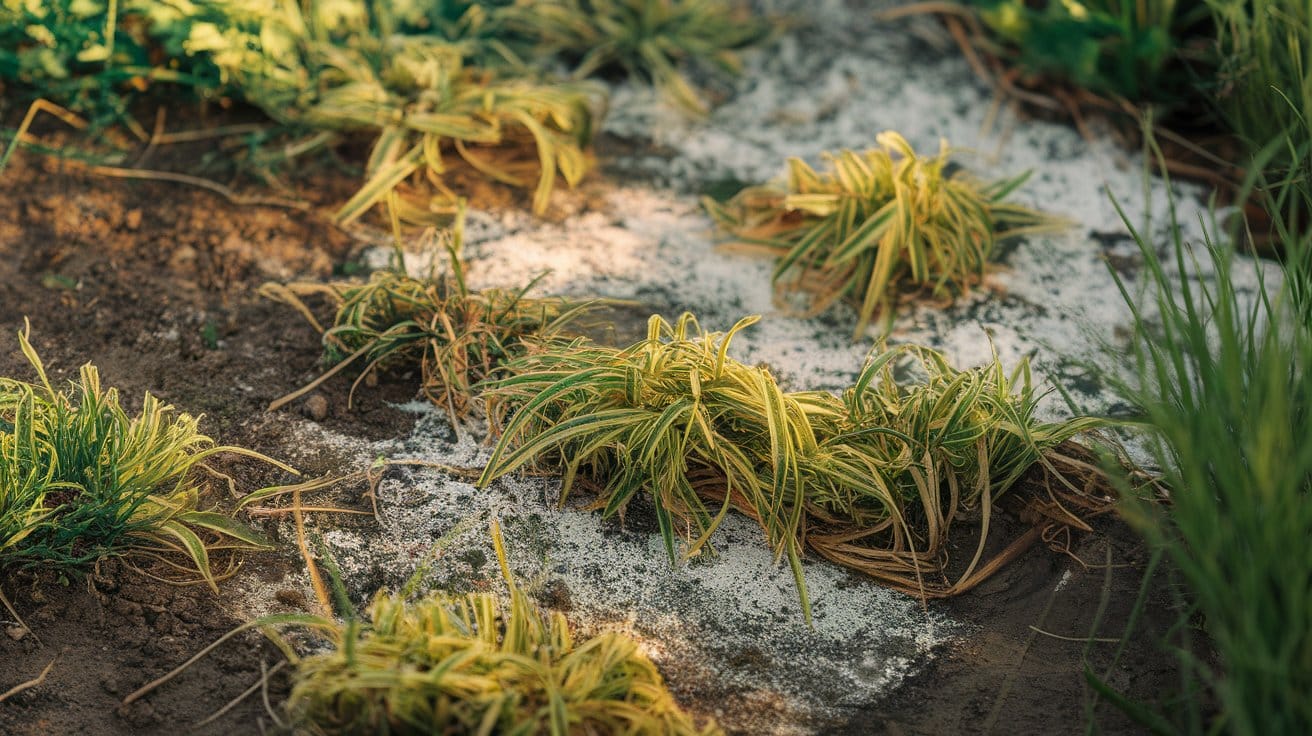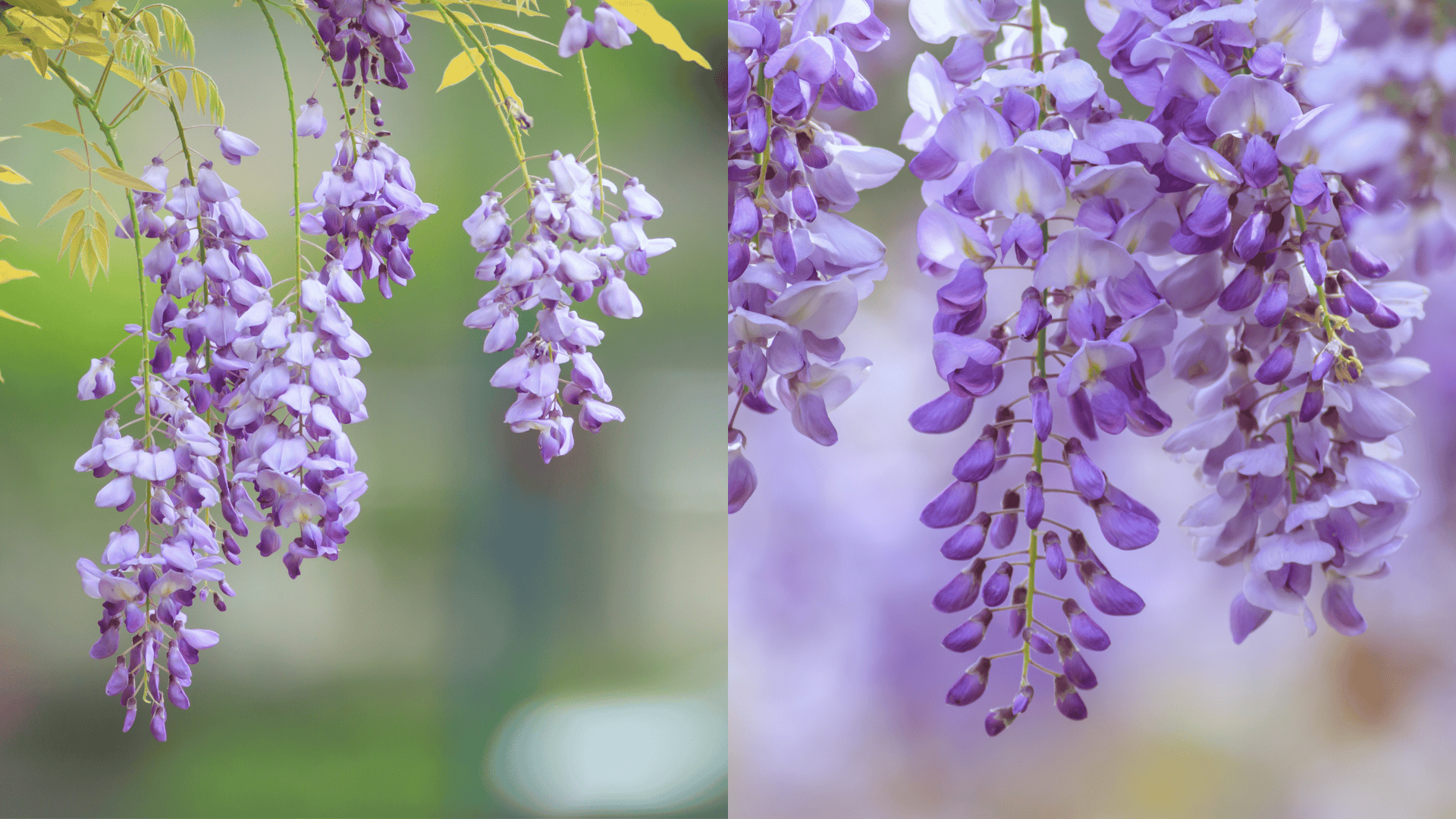What if one plant could clean your air, boost your mood, and thrive with minimal care?
Among all the options available, one plant stands out for its remarkable combination of beauty and practicality.
Spider plant benefits go beyond just looking nice in your home.
This versatile houseplant offers real advantages that can make your living space healthier and more comfortable.
If you’re looking to improve your home environment naturally, understanding these plant benefits will help you make the right choice for your space.
What is a Spider Plant?
The spider plant, scientifically called Chlorophytum comosum, is a flowering houseplant that people love worldwide.
This tough plant originally comes from South Africa but has become a favorite for indoor homes everywhere.
You can easily spot a spider plant by its long, narrow leaves that bend and arch beautifully from the plant’s center.
7 Amazing Spider Plant Benefits
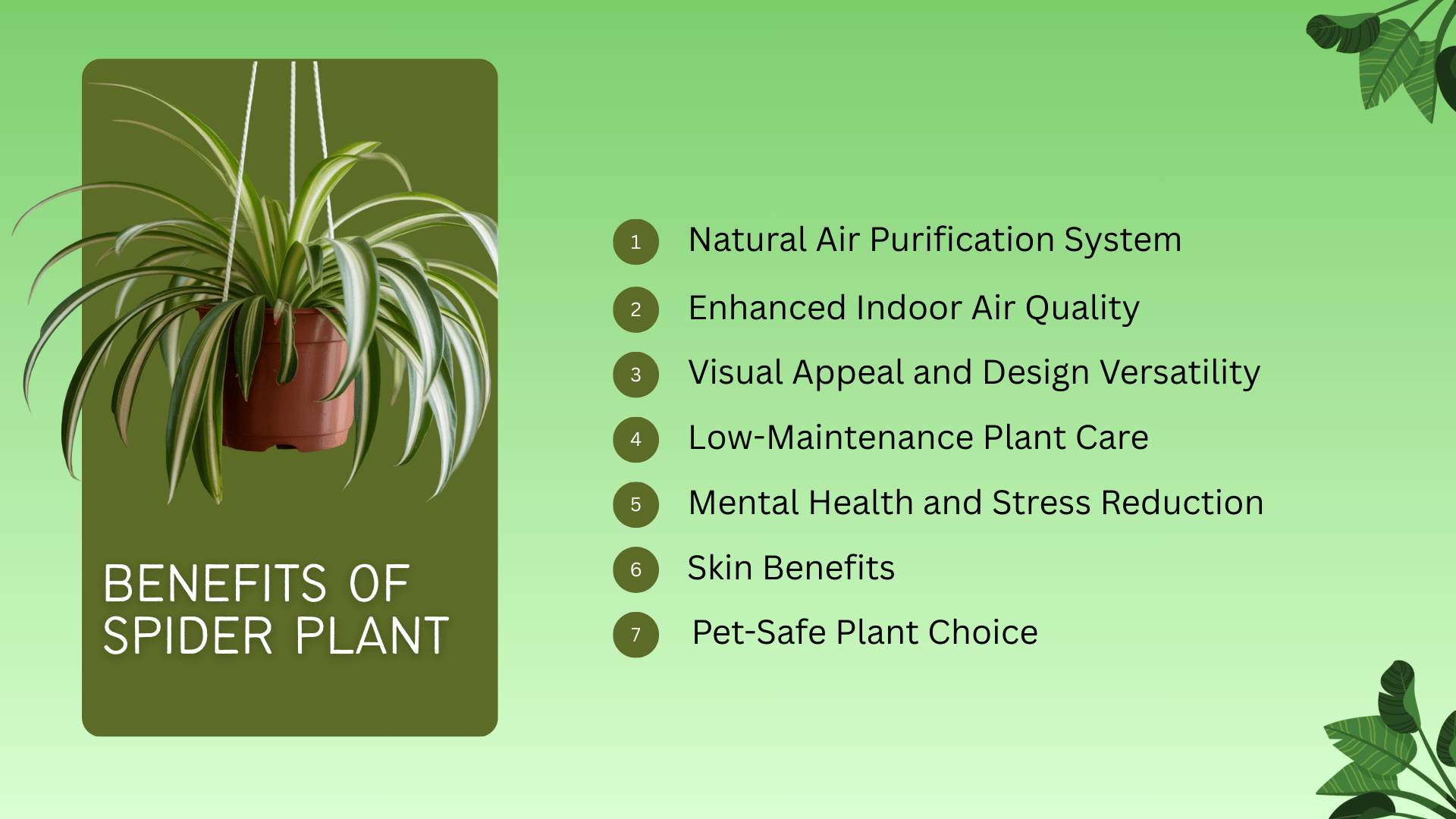
The benefits of spider plant ownership are many and practical for your home and health. These spider plant indoor benefits range from cleaning your air to boosting your mood.
Here’s how these popular houseplants can make a real difference in your daily life:
1. Natural Air Purification System
Spider plants work like natural air cleaners in your home.
They actively remove harmful chemicals from the air around you, including formaldehyde and benzene.
These chemicals commonly come from household products, furniture, and building materials that we use every day.
NASA’s Clean Air Study found that spider plants effectively remove indoor air pollutants like formaldehyde.
This research shows that spider plants can help reduce these toxic substances in your indoor air.
2. Enhanced Indoor Air Quality
One of the key spider plant benefits is the steady oxygen production that helps fight against that closed-in feeling you sometimes get indoors.
Spider plants don’t just remove bad chemicals, they also make fresh oxygen for you to breathe.
During the day, they take in carbon dioxide and give back clean oxygen.
This helps refresh stale air that can build up inside your home.
This creates a fresher, more pleasant atmosphere in your home.
3. Visual Appeal and Design Versatility
Spider plants add natural beauty to any room with their graceful, arching leaves that have lovely green and white stripes.
The way their leaves cascade and flow makes them perfect for hanging baskets, shelves, or plant stands.
They create nice height and visual interest in your room’s design.
These versatile plants look great in any home style, from modern, simple rooms to more traditional decor.
You can place them anywhere in your home and they’ll fit right in.
4. Low-Maintenance Plant Care
Spider plants are among the easiest houseplants to care for, making them perfect for beginners and busy people alike.
They can handle many different lighting situations, from bright rooms to shadier spots.
You only need to water them when the soil feels dry when you touch it and that’s it!
This toughness means you can enjoy having a spider plant without worrying about complicated care instructions.
They bounce back well if you forget about them sometimes which means even if you forget to water your spider plant for a week or two, it will usually be just fine.
5. Mental Health and Stress Reduction
Studies show that indoor plants, including spider plants, can make you feel better mentally.
Having green plants in your home helps reduce stress, lower anxiety, and makes you feel more calm and peaceful.
When you add plants to your living space, it becomes easier to relax and focus on things that matter.
Many people discover that taking care of plants is like a quiet, peaceful activity.
It helps them take a break from daily stress and brings a bit of nature into their indoor life.
6. Spider Plant Skin Benefits
Spider plant benefits for skin come from the natural moisture these plants add to your home’s air.
They release water through their leaves automatically, which increases humidity levels in your living space.
This extra moisture in the air is great for your skin and helps prevent dryness and irritation.
Many people notice their skin feels softer and less itchy after adding spider plants to their homes.
This is especially helpful during winter when heaters make air super dry.
The right humidity also protects wooden furniture and reduces static shocks.
7. Pet-Safe Plant Choice
Unlike many other houseplants that can hurt pets if they eat them, spider plants are completely safe for cats and dogs.
This makes them a great choice if you have curious pets who like to chew on plant leaves sometimes.
Even if your pet does take a bite of your spider plant, it won’t cause any harm to them.
The plant itself might look a bit damaged from the nibbling, but don’t worry.
Spider plants are tough and usually bounce back quickly from small amounts of leaf damage.
Spider Plant Side-Effects
Spider plants are easy to care for and great for indoor spaces, but they can experience a few minor issues if not maintained properly.
Here are some potential side effects to watch out for:
- Overwatering and Root Rot: Overwatering can cause root rot, leading to yellowing leaves and wilting.
- Pest Attraction: Spider plants may attract pests like aphids or spider mites.
- Pet Curiosity: While non-toxic to pets, spider plants can be chewed on by curious cats.
- Brown Leaf Tips: Brown tips may result from low humidity, improper watering, or too much direct sunlight.
Spider Plant Medicinal Uses
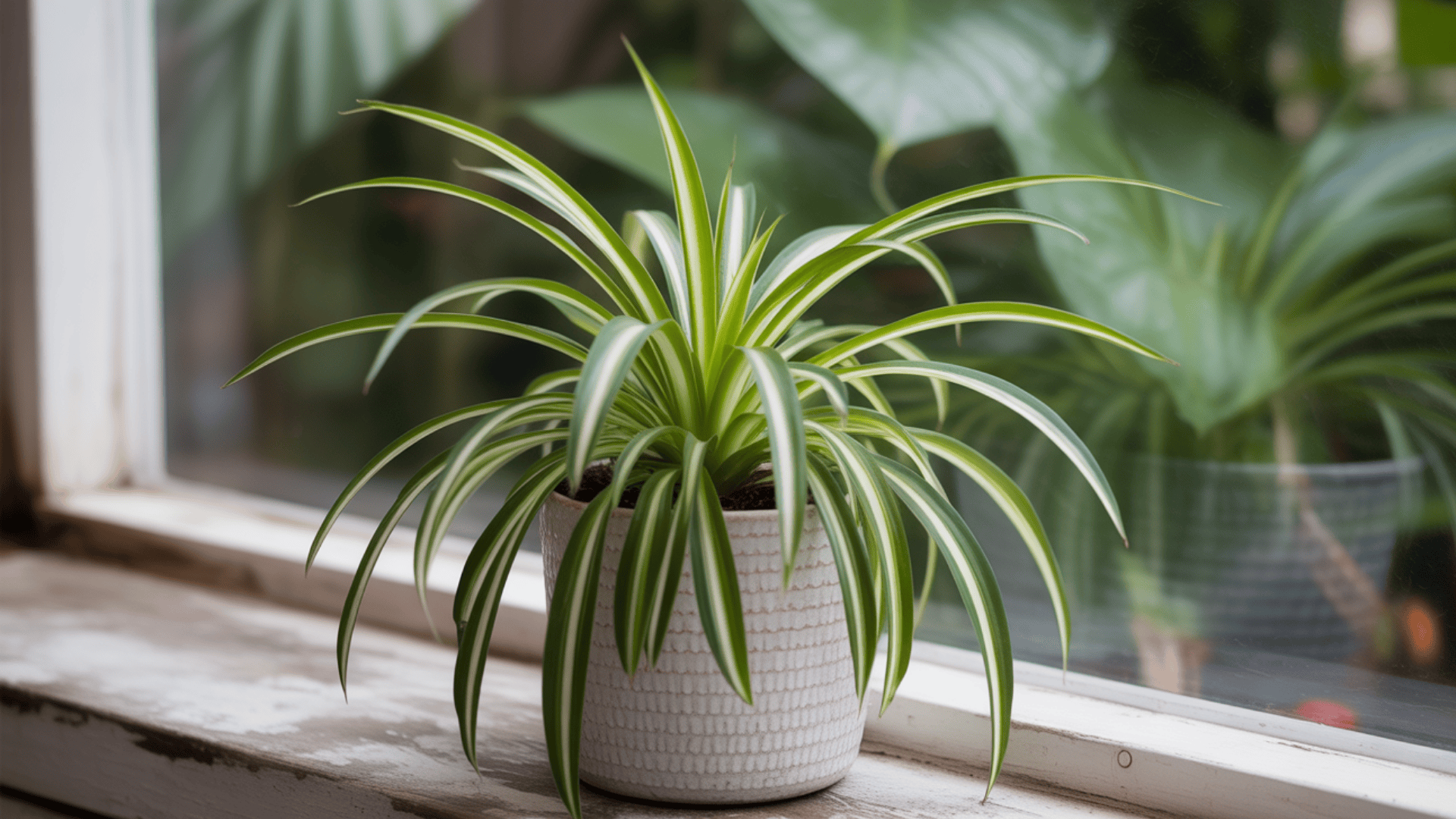
Beyond the well-known spider plant benefits for air and skin, these plants have been used in traditional medicine in some parts of the world.
However, it’s important to note that these uses are not scientifically proven.
Traditional Uses:
- Wound Healing: In some traditional practices, spider plant leaves have been applied to minor cuts and scrapes.
- Skin Irritation: Some people have used the plant’s gel-like sap for minor skin irritations, similar to how aloe vera is used.
- Air Quality Benefits: While not directly medicinal, the air-purifying properties can contribute to better respiratory comfort indoors.
Important Safety Notes:
- Always consult with a healthcare professional before using any plant for medicinal purposes.
- These traditional uses are not scientifically verified and should not replace proper medical treatment.
- If you have allergies or sensitive skin, test any plant material on a small area first.
Conclusion
After learning about everything from air cleaning to skin benefits, it’s clear that spider plants are more than just pretty houseplants.
These useful plants fight indoor air toxins, naturally add humidity, support mental wellness, and remain completely safe for your pets.
Most importantly, you now understand that spider plant benefits go far beyond decoration.
With simple care needs and big health rewards, they’re perfect for busy lifestyles while delivering real improvements to your living space.
You have all the knowledge needed to make a smart decision about adding these natural air cleaners to your home.
Do you have a spider plant at home? How has it benefited your space? Share your experience in the comments below!
Frequently Asked Questions
What Are the Disadvantages of Spider Plants?
Spider plants can attract pests, suffer from overwatering, and may have brown leaf tips if not cared for properly. They also require occasional pruning to stay healthy.
How Often Should I Water a Spider Plant?
Water a spider plant when the soil feels dry to the touch, typically once a week. Ensure proper drainage to prevent root rot from overwatering.
Which Is Better, Snake Plant or Spider Plant?
Both are low-maintenance, but snake plants tolerate low light and neglect better, while spider plants thrive in indirect light and purify air more effectively. It depends on your space and needs.

